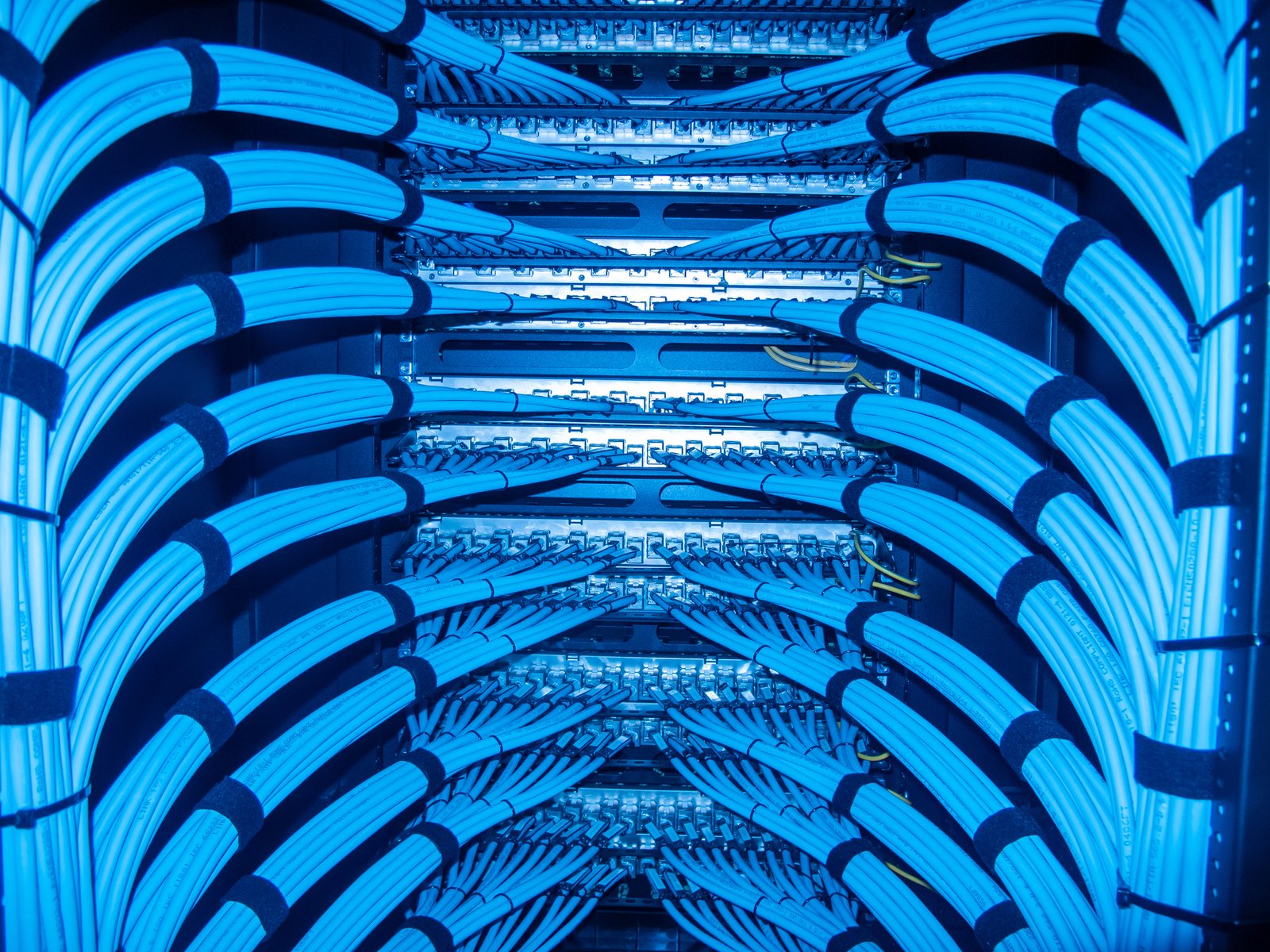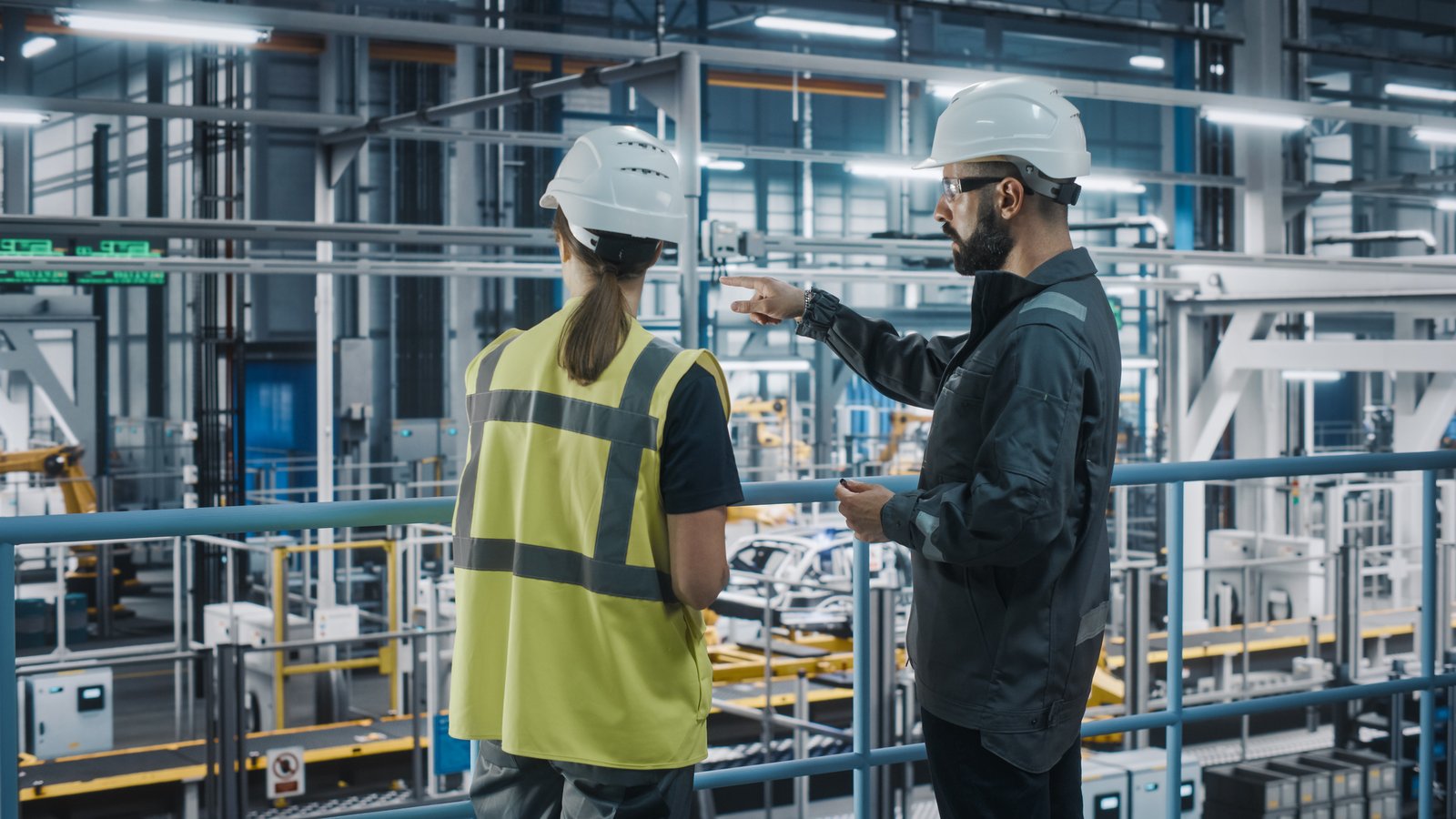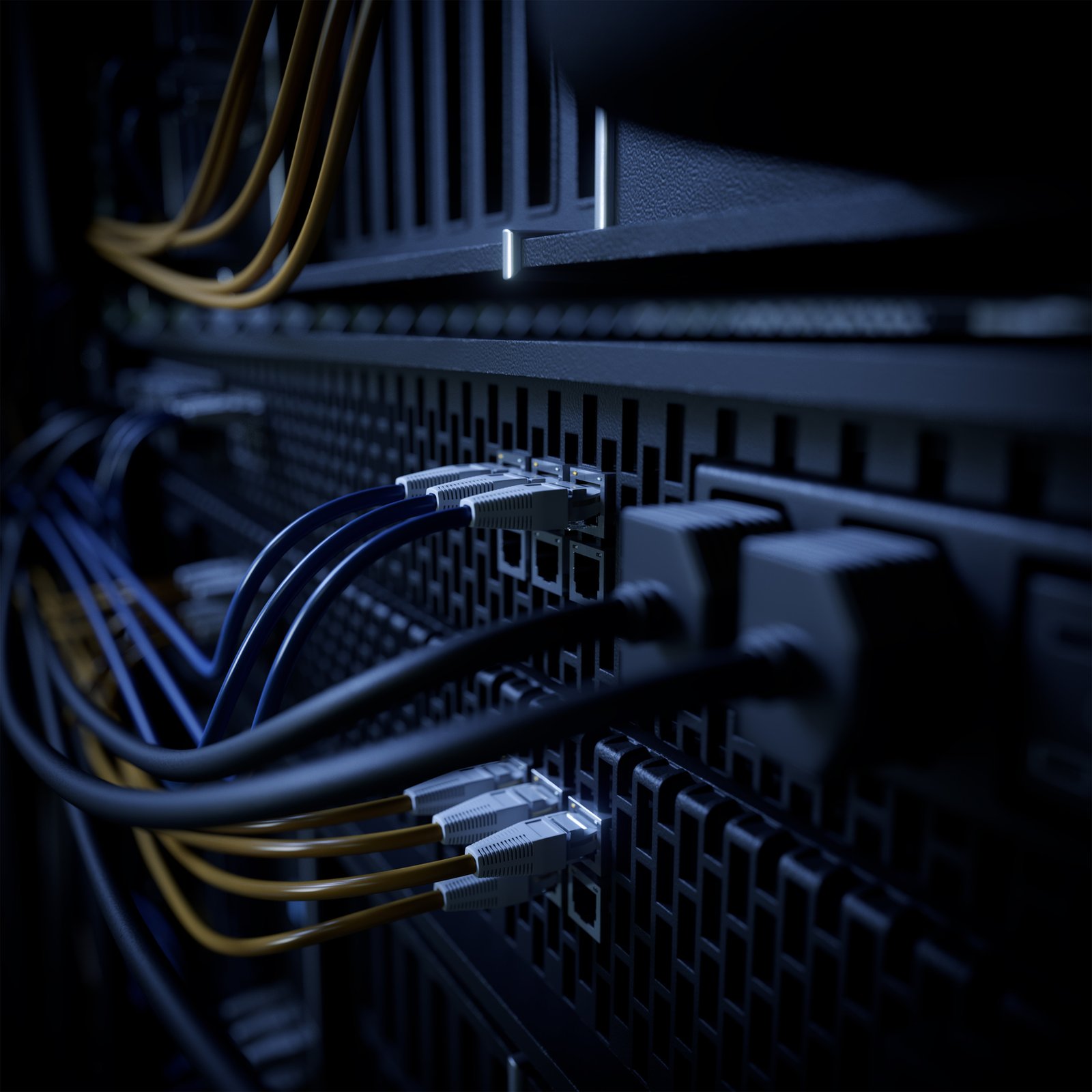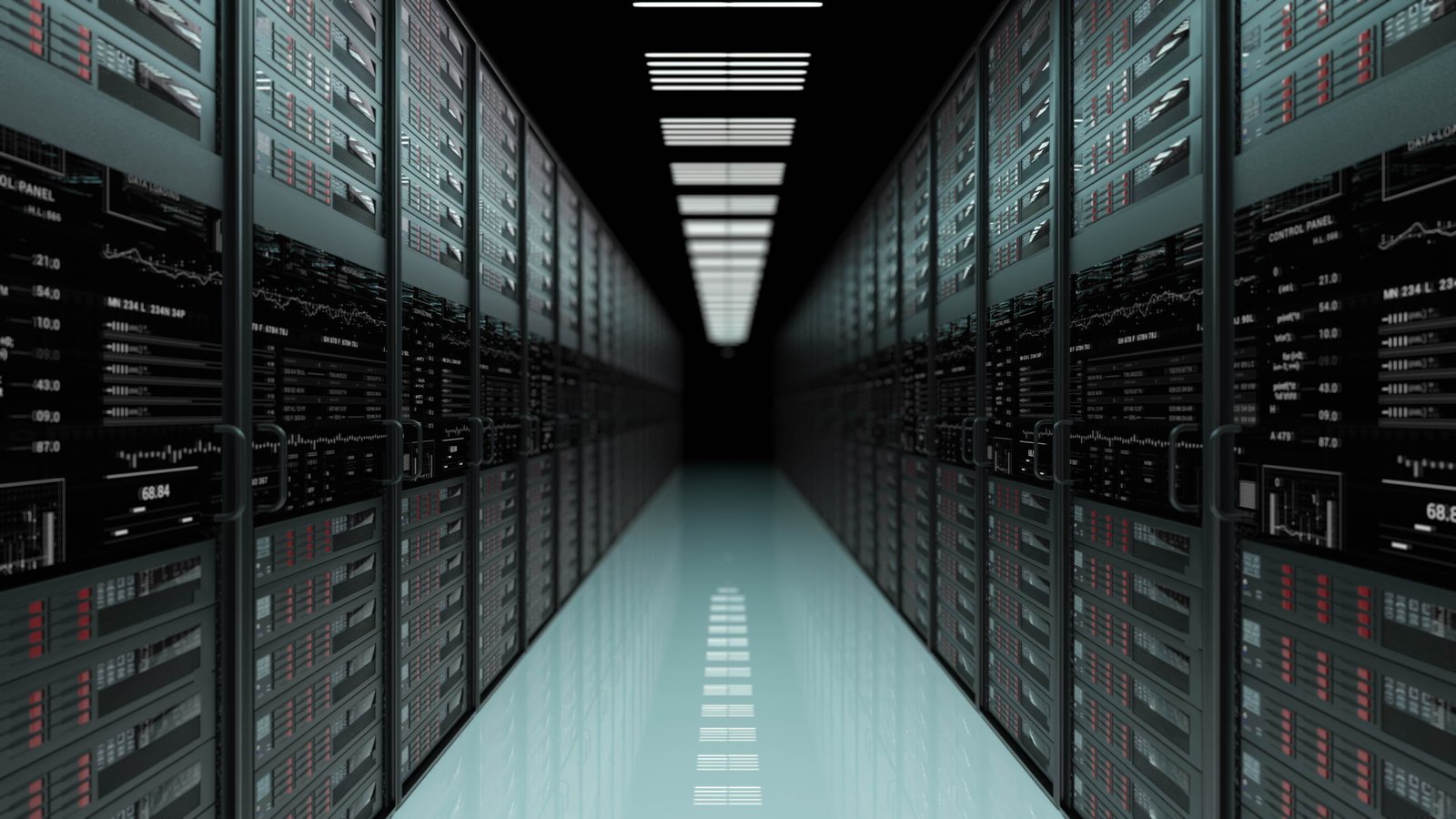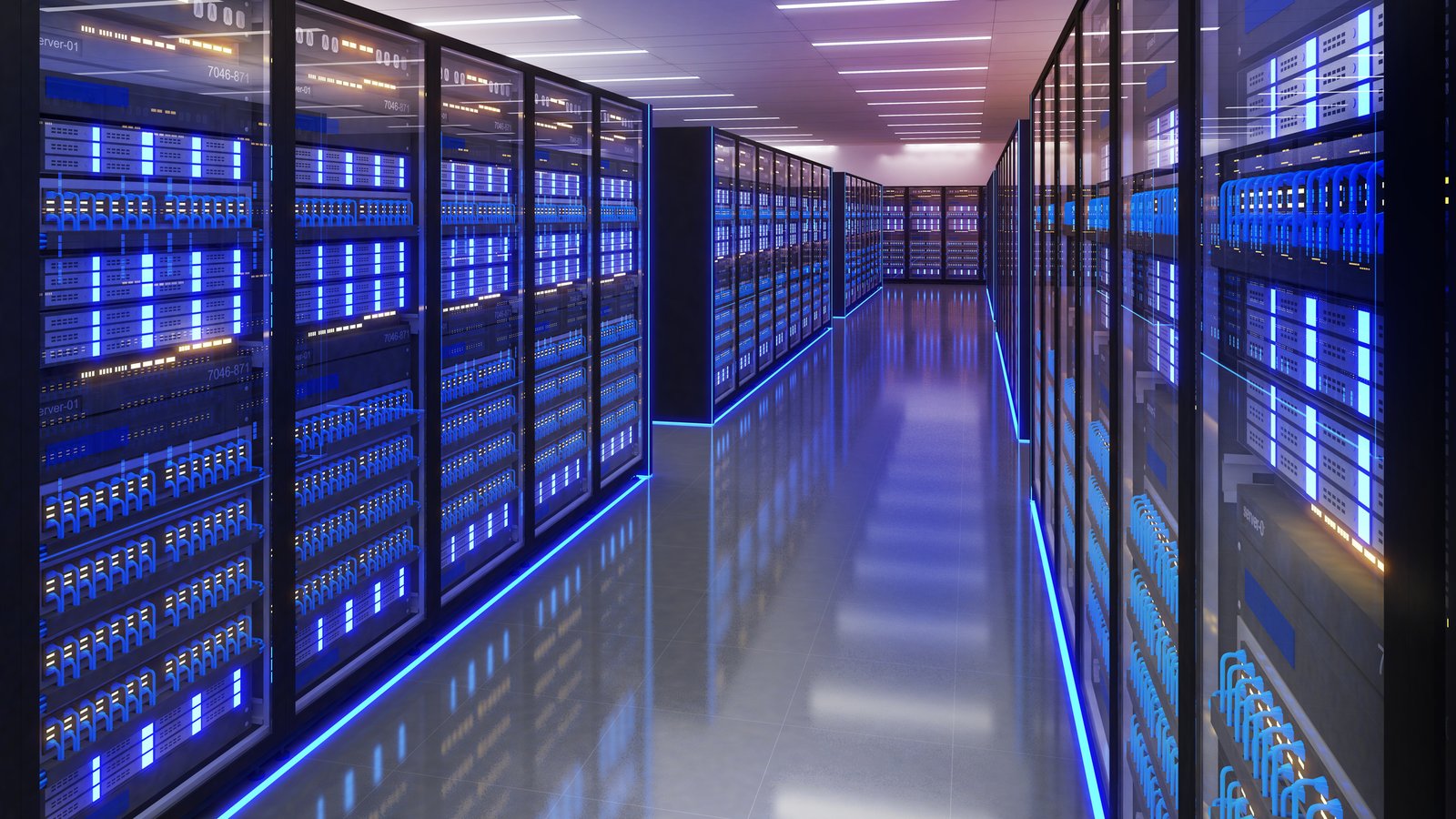Data centers in 2025 face security challenges ranging from cyberattacks to physical and insider threats.
“Data security is becoming increasingly important as businesses generate vast amounts of data, demonstrated by the growth of data centers,” recommends Ernst & Young. “To better protect their data, organizations should consider a zero-trust strategy, including strict access controls, network segmentation and analytics to identify threats. Beyond tech and strategies, ongoing collaboration between cybersecurity and IT teams is crucial for effective data protection.”
The National Counterintelligence and Security Center (NCSC) released a report in February 2025 showing that the stakes have never been higher, especially when it comes to insider threats.
“With foreign adversaries and cybercriminals increasingly targeting private sector organizations, state and local governments and academic institutions, the report emphasizes that insider threats must be recognized as a critical security challenge alongside cyber and physical threats,” warned the report according to Homeland Security Today.
Let’s look at the top 5 security challenges facing data centers today.
Advanced Cyber Threats
Cyberattacks have become increasingly sophisticated and persistent, with attackers leveraging tools like AI to automate and refine their methods.
“Like preceding years, 2024 set new records for the frequency of cyber attacks. And while data centers are rarely the main cause of breaches, data centers can be subject to security flaws, too. Mitigating them is an important step toward improving overall cyber hygiene,” writes technology analyst Christopher Tozzi for Data Center Knowledge.
Threats such as ransomware, Distributed Denial of Service (DDoS) attacks, and Advanced Persistent Threats (APTs) pose significant risks to data centers.
APTs involve long-term campaigns aimed at infiltrating systems, stealing sensitive data or disrupting operations without detection.
Data Center World’s 2025 State of the Data Center Industry Report found that for the ninth consecutive year, ransomware has dominated the list of top security and infrastructure threats. When asked to identify the top five concerns, respondents pointed to:
- Ransomware: 60 percent (up from 54 percent in 2024)
- Human threats (internal or external): 57 percent (up from 40 percent)
- APTs (targeting IT and corporate data) 48 percent
- DDoS attacks: 47 percent
- Data exfiltration or loss: 43 percent
Mitigation Strategies:
- Implement zero-trust architectures to limit access
- Regularly patch vulnerabilities and conduct penetration testing
- Use AI-driven tools for real-time threat detection and response
Insider Threats
Insider threats — whether malicious or accidental — remain one of the most challenging risks for data centers.
Employees or contractors with legitimate access can steal data, sabotage systems or unintentionally introduce vulnerabilities through poor practices.
"Internal breaches — data theft by employees or contractors — represent a significant and often overlooked risk," said Ernst & Young. "Employees or contractors take data all the time for various reasons. Some are leaving for a new job and want to take customer lists, sales forecasts, marketing data or information about planned new products. Others are simply angry at their employer and want to strike back."
Mitigation Strategies:
- Conduct rigorous background checks during hiring
- Implement granular access controls that limit permissions based on roles
- Use monitoring tools to detect unusual activity in real time
“Growing geopolitical tensions, combined with compliance laws that sometimes require IT service personnel to be citizens or residents of a specific country, may also contribute in the new year to increased efforts by data center operators to vet their personnel,” wrote Tozzi.
Supply Chain Vulnerabilities
Data centers rely heavily on third-party vendors for hardware, software and services. This dependency creates opportunities for attackers to introduce vulnerabilities into systems before they even reach the facility.
The infamous SolarWinds breach is a stark reminder of how supply-chain attacks can have far-reaching consequences.
Mitigation Strategies:
- Vet all vendors thoroughly and require adherence to strict security standards
- Monitor the integrity of hardware and software components upon delivery
- Use secure supply-chain management practices
Physical Security Risks
While cybersecurity often takes center stage, physical security threats like theft, vandalism and sabotage are equally concerning.
Data centers house valuable equipment and materials such as copper wiring, which has become a target due to rising commodity prices.
Today’s move toward edge data centers also poses physical security challenges.
“Edge data centers can help to boost workload performance by locating applications and data closer to end-users. But they also present some unique security challenges, due especially to the difficulty of ensuring physical security for small data centers in areas that lack traditional physical security protections,” wrote Tozzi.
New to the Data Center World survey was a question on the changes in physical security requirements. A majority of respondents (78 percent) report at least some changes to physical security requirements for their data centers in the past 12 to 24 months, most commonly more comprehensive surveillance and monitoring systems (48 percent), followed by enhanced vendor and contractor vetting processes (38 percent).
Mitigation Strategies:
- Conduct a threat assessment to the site's physical security to determine what changes are needed and how adhere to current protocols and procedures
- Deploy multi-layered physical security measures, including surveillance systems, biometric access controls and perimeter fencing
- Conduct regular audits of physical security protocols
- Train personnel to respond effectively to physical threats
Another way to strengthen data center security beyond perimeter-based defenses is to install monitoring systems that can identify unusual activity within a facility. These types of systems are not new. Many facilities already have security cameras in place for this purpose,” wrote Tozzi. “However, in 2025 and beyond, we expect to see data center operators taking advantage of more advanced surveillance technologies, like those that leverage AI to analyze audio and video data for signs of threats.”
Environmental Hazards
Natural disasters such as floods, hurricanes and wildfires are becoming more frequent due to climate change. These events can disrupt operations or cause extensive damage to infrastructure.
Mitigation Strategies:
- Build data centers in low-risk areas whenever possible
- Invest in disaster recovery plans and backup power systems
- Use advanced cooling systems and fire suppression technologies to mitigate environmental risks
“The main reason to invest in uninterruptible power supply (UPS) units and other backup power resources is to mitigate the impact of natural disasters. But increasingly, backup power has a role to play in data center security, too,” concluded Tozzi.
Taking a Holistic Approach to Security
The security challenges facing data centers are multifaceted, spanning both cyber and physical domains. As these threats evolve in complexity, adopting a holistic approach that combines advanced technologies with robust policies is essential.
"As data centers become an increasingly hot target for cybercriminals, a major trend will be the integration of intelligent hardware security into data centers,” said the Forbes Technology Council. “This approach provides holistic and proactive security against dynamic threats, ranging from physical on-site protection within each server rack to real-time monitoring, detection and recovery, ensuring business continuity and heightened security.”
By addressing security challenges proactively, organizations can safeguard their critical infrastructure while maintaining trust in an increasingly interconnected world.
“One emerging trend in data centers that’s set to reshape the industry is the rise of zero-trust architecture paired with more adaptive, AI-driven security protocols. With cyberthreats evolving daily, these technologies will ensure that every bit of data — from core to edge — remains protected, making security the cornerstone of data center innovation,” said the Forbes article.
At Hexatronic Data Center, we know that improving data center security through fiber network design is more crucial than ever as the physical and cyber threat matrix alarmingly increases.
A secure fiber network not only improves your data center’s security posture but positions your enterprise for future growth and technological advancements.
Contact Hexatronic Data Center today to learn more about how we can help you improve your data center security through fiber network design.


